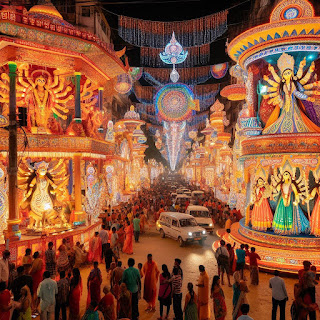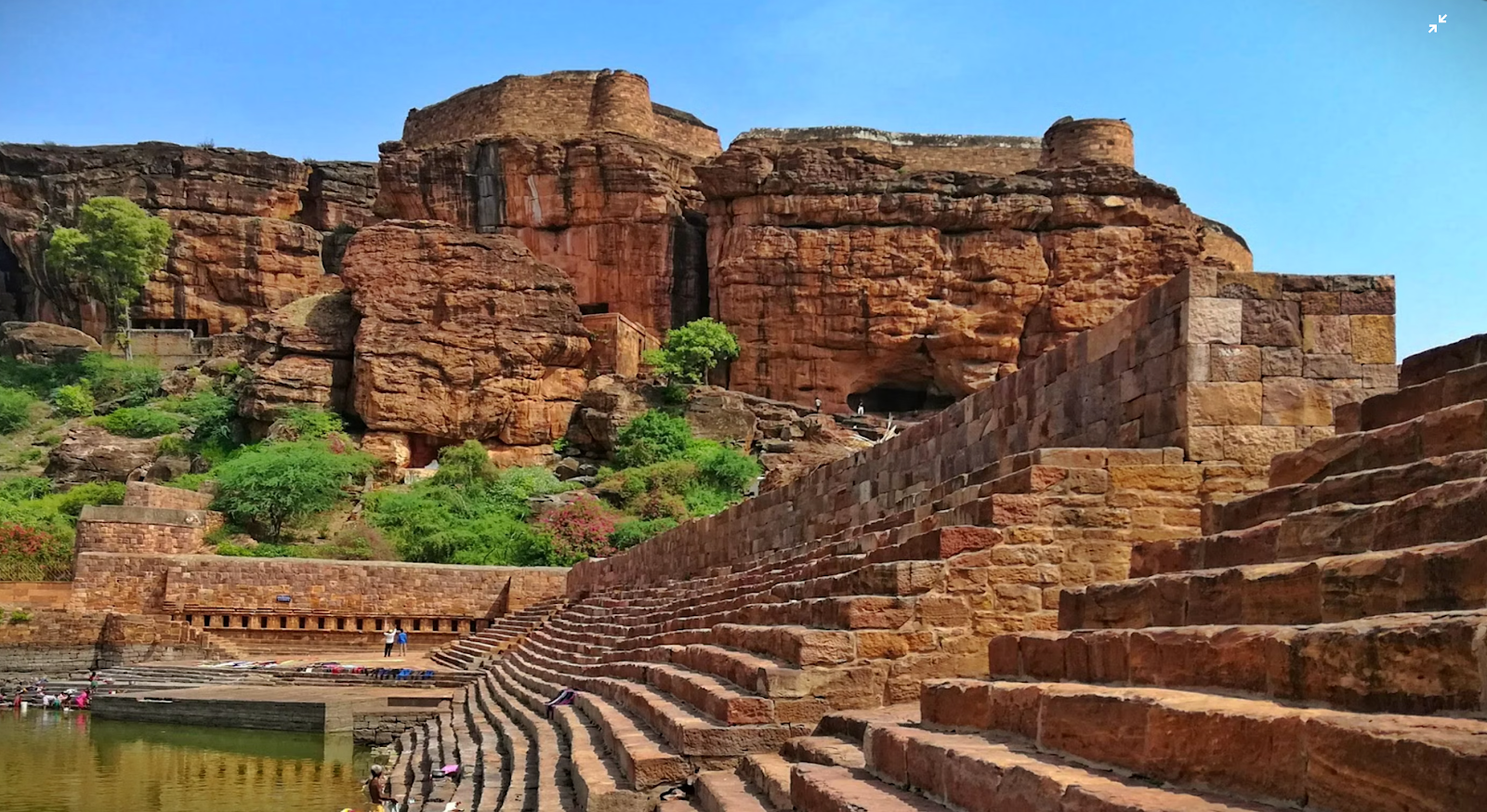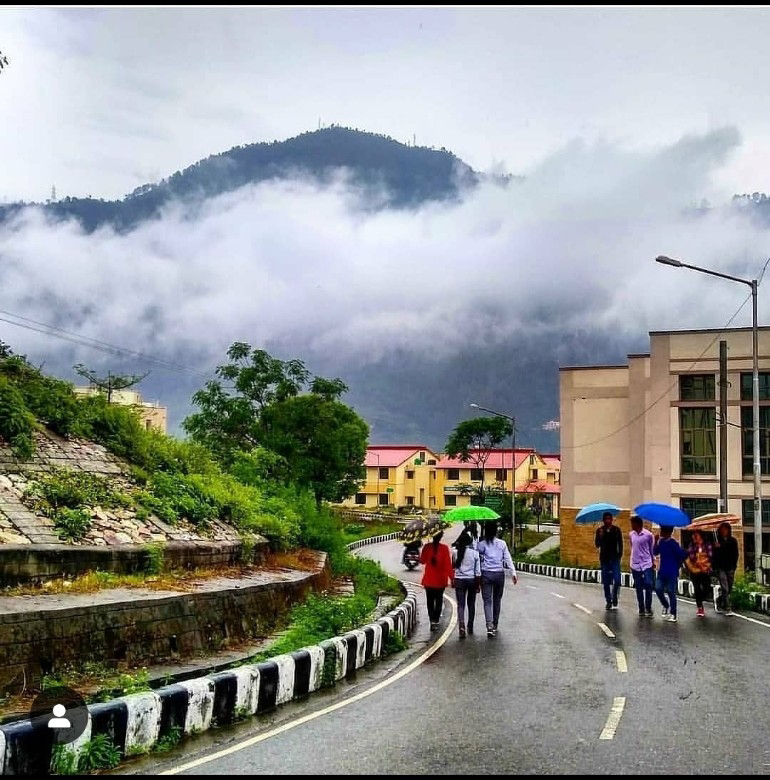Darjeeling is a beautiful hill town in India known for its stunning tea gardens, cool climate, and the mesmerizing view of the Himalayan mountains. It's a popular tourist destination and a place where you can experience a unique blend of Indian and Tibetan cultures. The town's rich history, serene landscapes, and world-famous tea make it a must-visit place for anyone seeking a tranquil and picturesque getaway.
Darjeeling, located in the Indian state of West Bengal, is situated in the foothills of the eastern Himalayas. The town is perched at an elevation of approximately 6,700 feet (2,042 meters) above sea level, which ensures a pleasant and cool climate throughout the year. Its geography and elevation contribute to its lush green surroundings and breathtaking vistas.
The most iconic feature of Darjeeling is its tea. The region's tea gardens produce some of the finest and most sought-after teas in the world. Darjeeling tea is renowned for its distinct flavor, often described as muscatel, and is a favorite among tea connoisseurs worldwide. Visitors can tour the tea estates, witness the tea-making process, and enjoy a cup of freshly brewed tea while taking in the scenic views.
Apart from tea, Darjeeling offers a wide range of attractions and activities. The Tiger Hill, one of the highest points in the area, provides an unforgettable sunrise view of the snow-capped Kanchenjunga, the third highest peak in the world. This mesmerizing sight attracts nature lovers and photographers from all over the globe. The Peace Pagoda, a symbol of harmony and spirituality, stands as a testament to the town's diverse cultural influences.
The diverse culture of Darjeeling is a unique blend of Indian and Tibetan traditions, reflecting the mix of communities living in the region. The Gorkhas, Lepchas, Bhutias, and Tibetan refugees have all left their mark on the town's customs and festivities. Visitors can explore various monasteries and temples that offer insight into the spiritual and cultural dimensions of Darjeeling.
The local cuisine of Darjeeling reflects this cultural diversity. Momos, a Tibetan dumpling, are a favorite street food, while thukpa, a noodle soup, is a popular comfort dish. Traditional Indian and Tibetan dishes are widely available, catering to a variety of tastes.
Darjeeling is not just about tea and culture; it also offers numerous outdoor activities. The lush hills are ideal for trekking and hiking. The Singalila Ridge Trek is a renowned trail that takes you through beautiful rhododendron forests, offering panoramic views of the Himalayan range. For adventure seekers, white-water rafting in the Teesta River and paragliding in the clear skies are thrilling options.
The town's colonial history is evident in its architecture. The Darjeeling Himalayan Railway, a UNESCO World Heritage Site, is a testament to the British influence in the region. The "Toy Train," as it's fondly called, chugs along the hilly terrain, providing a unique and nostalgic journey. Exploring the charming British-style cottages and churches in the town is like stepping back in time.
Shopping in Darjeeling is an experience in itself. The local markets are filled with Tibetan handicrafts, woolen garments, and, of course, Darjeeling tea. The bustling streets are perfect for finding souvenirs and gifts to remember your visit.
Darjeeling's pleasant climate makes it a year-round destination. However, the best time to visit is from March to May and September to November when the weather is most favorable. Monsoon season, from June to August, can bring heavy rains, making travel challenging. Winter, from December to February, can be quite cold, but it offers a unique charm with occasional snowfall.
To reach Darjeeling, you can take a train to New Jalpaiguri (NJP) or fly to Bagdogra Airport, both of which are well-connected to major Indian cities. From there, you can hire a taxi or take a shared jeep to Darjeeling. The journey to the town itself is an adventure as you wind your way up the hills, witnessing breathtaking landscapes.
In conclusion, Darjeeling is a serene and captivating destination, known for its tea, stunning scenery, and a rich cultural tapestry. Whether you're a nature lover, a history enthusiast, or simply seeking a tranquil escape, Darjeeling has something to offer everyone. The town's unique blend of cultures, its breathtaking landscapes, and its world-famous tea make it a destination that truly encapsulates the charm and diversity of India's northeastern region.














.png)
.png)
























